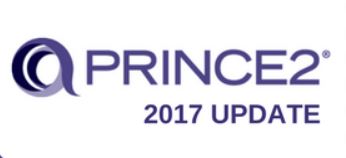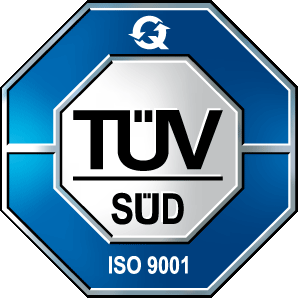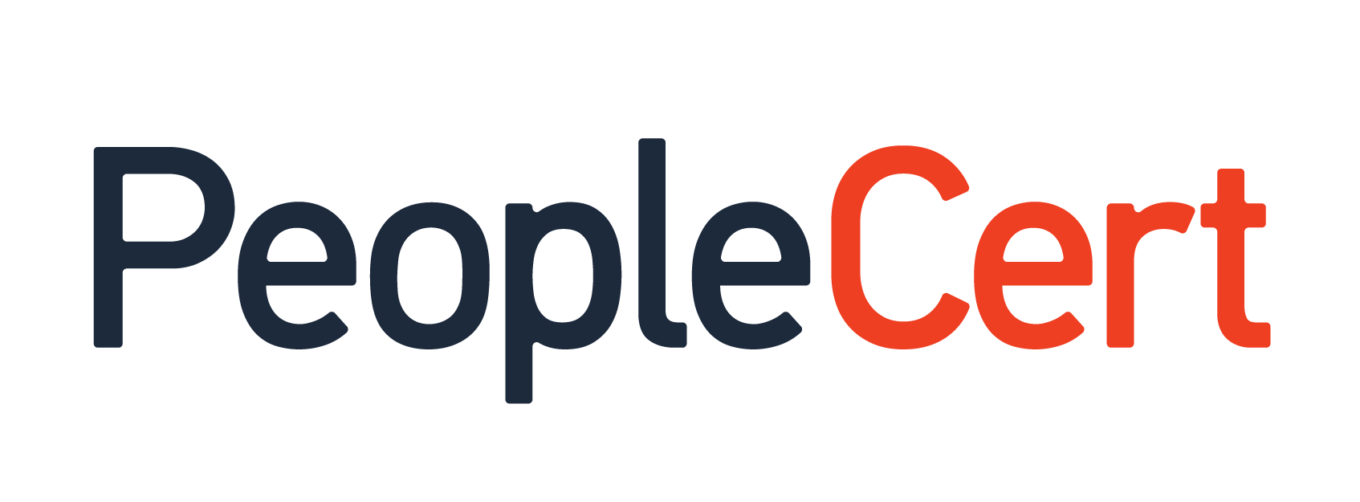The world of project management does not stand still. Subsequent projects, technological challenges, new areas of our activity provoke development. As a community of project managers, we are constantly collecting experience and enriching our skills with new good practices. We improve individually, but also formal project management standards and methodologies follow suit. Their task is to support people starting as PMs by providing them with a solid basis for dealing with current challenges.
Last year brought us new releases of both PMBOK® Guide, as well as the PRINCE2® manual. Here I will focus on this second “guide” for project managers. I hasten to reassure everyone that there has been no revolution in the PRINCE2® methodology. Jeżeli stworzyliście w oparciu o jej poprzednią wersję Wasz wewnętrzny „blueprint” project management proces, to zupełnie nic nie musicie zmieniać. Jeżeli natomiast dopiero myślicie o jej poznaniu i zastosowaniu, to powinno być Wam łatwiej.
Let's look at the chapter structure of the outgoing 2009 edition and the new 2017 edition, both in English:
| 2009 | 2017 |
| 1. Introduction | 1. Introduction |
| 2. Project management with PRINCE2 | |
| 2.Principles | 3.Principles |
| 4. Tailoring and adopting PRINCE2 | |
| 3. Introduction to PRINCE2 themes | 5. Introduction to PRINCE2 themes |
| 4. Business Case | 6. Business case |
| 5. Organization | 7. Organization |
| 6. Quality | 8. Quality |
| 7. Plans | 9. Plans |
| 8.Risk | 10.Risk |
| 9.Change | 11.Change |
| 10.Progress | 12. Progress |
| 11. Introduction to processes | 13. Introduction to processes |
| 12. Starting up a Project | 14. Starting up a project |
| 13. Directing a Project | 15. Directing a project |
| 14. Initiating a Project | 16. Initiating a project |
| 15. Controlling a Stage | 17. Controlling a stage |
| 16. Managing Product Delivery | 18. Managing product delivery |
| 17. Managing a Stage Boundary | 19. Managing a stage boundary |
| 18. Closing a Project | 20. Closing a Project |
| 19. Tailoring PRINCE2 to the project environment | 21. Considerations for organizational adoption |
| Appendix A: Product Description outlines | Appendix A: Product description outlines |
| Appendix B: Governance | Appendix B: Standard alignment |
| Appendix C: Roles and responsibilities | Appendix C: Roles and responsibilities |
| Appendix D: Product-based planning example | Appendix D: Product-based planning example |
| Appendix E: Health check | Appendix E: Health check |
This comparison alone can tell us a lot. Firstly most remained unchanged. What has changed is primarily the organization and form. This applies not only to the division of chapter 1 into two chapters and the resulting different numbering. The changes were based on the belief that the methodology itself is valid, but the possibility of adapting it to specific projects and applying it in various organizations should be more emphasized. This is reflected in the replacement of Chapter 19 "Tailoring PRINCE2 to the project environment" with Chapter 4 "Tailoring and adopting PRINCE2" and the addition of a new Chapter 21 "Considerations for organizational adoption". Moreover, references to practical application are included in each of the chapters on topics and processes.
These changes are not revolutionary in terms of the ideas themselves. But the new organization of the manual is more readable and accessible. This also applies to the way the content is presented, which, thanks to the use of additional frames and fields, should make working with the book easier. Based on my own impressions and first observations from people who had both book editions in their hands, I can say that the 2017 edition is a better read.
A careful look at the structure of the chapters in both editions shows another important change. In the 2017 edition, the use of capital letters for topics and processes, as well as documents and roles proposed by the PRINCE2 methodology, was abandoned. Those of you who have already passed the PRINCE2 Foundation exam will certainly recognize the importance of this change. One of the formal elements that made life more difficult for the candidates was eliminated.
In the table below I compare the exams for both editions:
| 2009 | 2017 | |
| PRINCE2Foundation | · Bez korzystania z manualu PRINCE2· Czas 1 godzina· 75 pytań jednokrotnego wyboru
· 5 out of 75 questions are practice questions - no marks · The passing threshold is 35 good answers · Perpetual certificate |
· Bez korzystania z manualu PRINCE2· Czas 1 godzina· 60 pytań jednokrotnego wyboru
· The passing threshold is 33 good answers · Perpetual certificate |
| PRINCE2 Practitioner | · Można korzystać z manualu PRINCE2· Czas 2,5 godziny· Scenariusz do 2 stron plus informacje dodatkowe (5-7 stron)
· 80 questions in 8 groups · Single, double and multiple choice questions · The passing threshold is 44 good answers · 5-year certificate (renewal by examination) |
· Można korzystać z manualu PRINCE2· Czas 2,5 godziny· Scenariusz do 2 stron bez informacji dodatkowych
· 68 multiple choice questions · The passing threshold is 38 good answers · 3-year certificate (renewal through examination or membership in the AXELOS community and collected CPD points) |
To sum up, it should be said that the 2017 edition is more accessible in terms of providing the content of the methodology and the method of examination. At least in the English version. Unfortunately, we still do not know the Polish translation of the new edition of the manual. According to the latest information from the owner of the rights to the methodology, AXELOS, it will appear in June this year, and exams in Polish will be available from July 31. Until then, we invite everyone interested in obtaining a PRINCE2 certificate in Polish to take part in training and examinations in accordance with the 2009 edition. For those willing to learn the methodology in the English version, we are ready to provide you with knowledge and check it in accordance with the 2017 edition.










